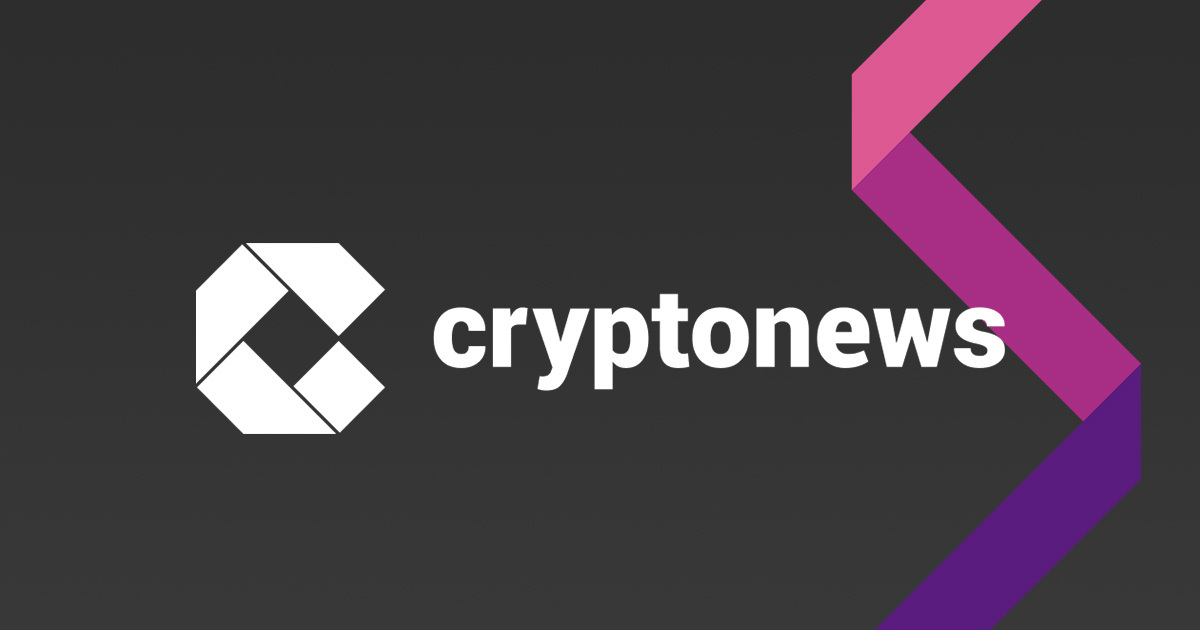European fintech Spiko integrates Chainlink’s CCIP for $380m money market funds
Money markets platform Spiko is tapping into Chainlink’s cross-chain interoperability protocol to enable multichain access to over $380 million in regulated on-chain funds.
The European fintech announced on July 1, 2025, noting that it was integrating Chainlink (LINK), with the strategic aim of bolstering interoperability.
Chainlink’s cross chain standard, CCIP, will enable more than $380 million of its institutional-grade onchain money market funds to be accessible to users much more easily and compliantly.
In this case, CCIP will power Spiko’s regulated money market funds, with these MMFs approved by France’s markets regulator. Chainlink will offer the cross-chain interoperability solution that will benefit users looking to tap into traditional financial instruments on-chain.
Spiko’s regulated funds
As announced, Chainlink will be the interoperability infrastructure provider for Spiko’s tokenized MMFs – EUTBL and USTBL.
The two assets, backed by euro and U.S. dollar-denominated treasury bills, are the first EU-approved USD- and EUR-denominated money market funds whose shares are issued as fungible tokens on a public blockchain. It’s part of the massive tokenization trend currently being witnessed across the world.
Spiko aims to use Chainlink to scale access to its funds, with regulatory and operational standards around identity verification checks, such as know your customer and anti-money laundering. CCIP integration sees Spiko tap into another key blockchain-powered solution after the platform adopted Chainlink SmartData to offer real-time NAV reporting.
Chainlink continues to attract massive adoption initiatives as its solutions power growth and traction for projects across decentralized finance, banking, and real-world assets, among others.
Recently, Chainlink revealed a major move with the partnership with Mastercard.
You May Also Like

ECB Approves Two-Track Plan to Use Central Bank Money for DLT Transactions

Market sentiment has warmed up, and we take stock of the recent outstanding Meme coins
